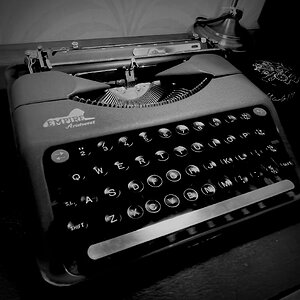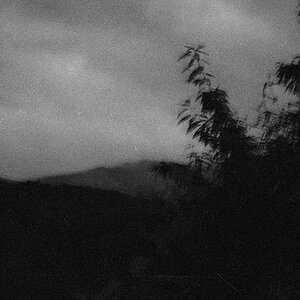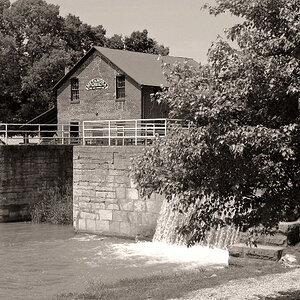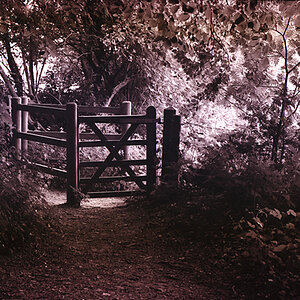Jade16
TPF Noob!
- Joined
- Sep 23, 2015
- Messages
- 46
- Reaction score
- 1
- Can others edit my Photos
- Photos NOT OK to edit
For shooting outdoor (non moving/seated) Family portraits which AF selection point patterns do you use when shooting:
A. Individual
B. Couples
C. Family of 4 or 5
For example, I might use a Single Point AF or Single Point Spot AF for an individual, but I may use a Zone AF (cluster of AF points) for a family. I am interested in hearing what others do.
And what about when the family is moving, walking around, running, jumping, etc. would the same methods apply?
Here are the different options of AF point patterns:
-Single point Spot
-Single point
-AF point expansion (manual selection)
- AF point expansion (manual selection, surrounding points)
- Zone AF
-61 point automatic selection (all points are used to focus)
Any help would be greatly appreciated!
A. Individual
B. Couples
C. Family of 4 or 5
For example, I might use a Single Point AF or Single Point Spot AF for an individual, but I may use a Zone AF (cluster of AF points) for a family. I am interested in hearing what others do.
And what about when the family is moving, walking around, running, jumping, etc. would the same methods apply?
Here are the different options of AF point patterns:
-Single point Spot
-Single point
-AF point expansion (manual selection)
- AF point expansion (manual selection, surrounding points)
- Zone AF
-61 point automatic selection (all points are used to focus)
Any help would be greatly appreciated!




![[No title]](/data/xfmg/thumbnail/32/32929-22e23acc63d6ecb25e5ee941be87121f.jpg?1619735758)

![[No title]](/data/xfmg/thumbnail/39/39190-ad9c6f150974752f1f888660cc52b68e.jpg?1619738907)

![[No title]](/data/xfmg/thumbnail/41/41904-bc50f4d1903ad14e244dbad5cf8e5aa4.jpg?1619739940)


![[No title]](/data/xfmg/thumbnail/39/39191-629bf2c0bb5afb4619be296cd91b9517.jpg?1619738907)
![[No title]](/data/xfmg/thumbnail/32/32926-ec27ecead8c80d803404500d8f888dbf.jpg?1619735754)